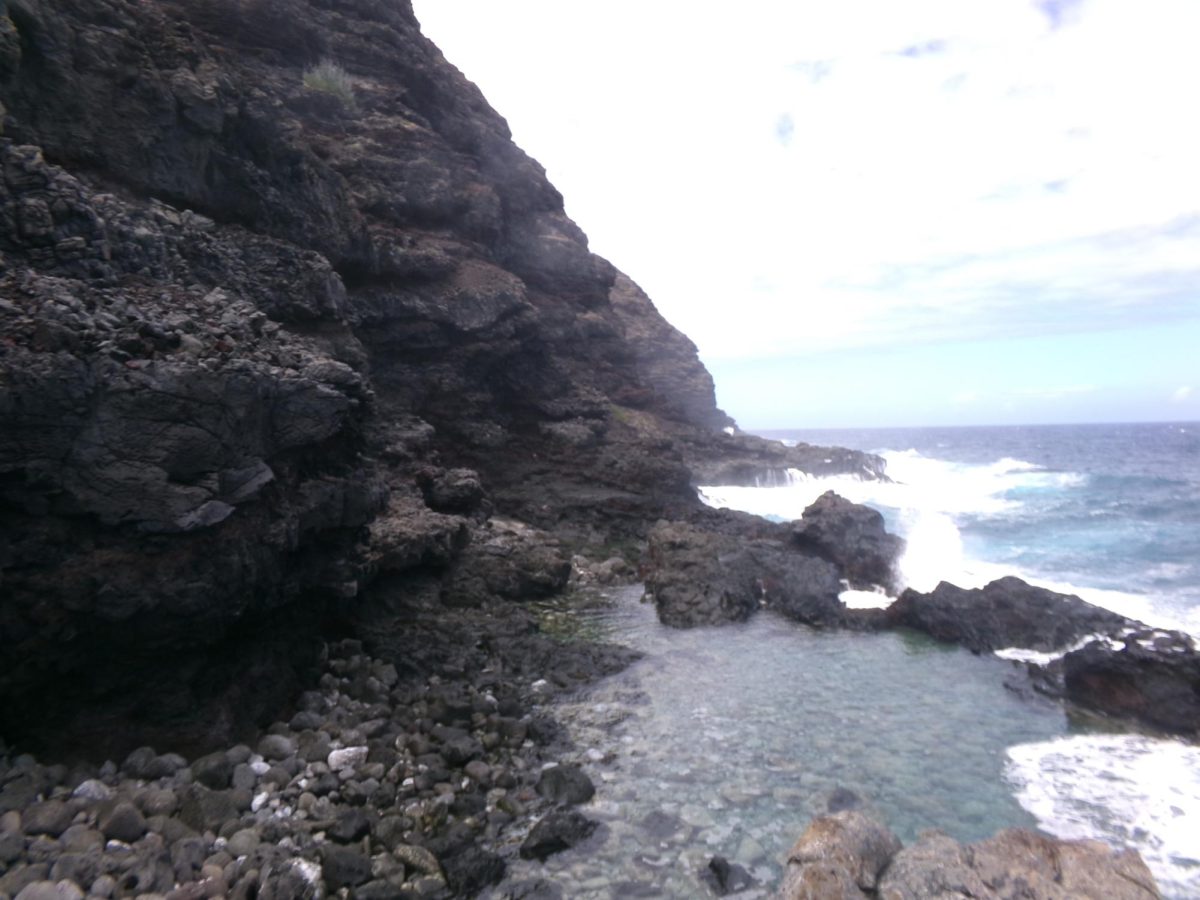Mainstream arguments surrounding climate change have ranged from whether it’s real or not, to how big of an issue it is, to what can be done, to how much should be done. But what is the one perspective that is left out and purposefully silenced time and time again despite its direct influence and contribution to the climate fight?
Indigenous voices.
In her keynote speech, Executive Director of Indigenous Peoples Rights International (IPRI), Joan Carling, argued that indigenous voices are silenced or manipulated to either let the blame fall on them, or to leave them out of the climate conversation altogether.
“The continuing lack of respect for indigenous peoples is the key factor in the disability and criminalization of our rights,” Carling said. “Displacement, land extraction, loss of biodiversity, and food insecurity are the prices to pay for the world’s so-called ‘pursuit’ for clean energy.”
Due to its vastness and lack of development, native protected land is often labeled at “empty” or “vacant” so that developers may use it for renewable energy projects. However, this destruction and displacement are done without regard to the communities involved, and without permission.
This is not a new issue, and certainly not one to sweep under the rug because it is not going anywhere without deliberate action against this social inequity.
Not only are indigenous lands persecuted in technological developments, but they also face inordinate repercussions of climate change itself, without the aid needed to heal, including rising sea levels.
“The repercussions of climate change hit us in The Pacific and Asia at a much higher rate compared to the Western world, but we have the least access to emergency aid and relief,” Carling said. “Instead of investing in how to further damage our land and peoples, we should be investing in how to heal the communities they so excessively take from.”
Carling also noted that marginalized communities, especially those in the Pacific where climate technology is often centered, will protest these developments when it imposes on their communities. But those in powerful positions in climate change technology will skew this opposition to scapegoat indigenous peoples as adversaries of development.
“We oppose projects like mining, deforestation, and ocean use that are often presented as ‘necessary’ in the pursuit of clean energy and anti-climate change,” Carling said. “This skewed perspective (of us) is used to trample our rights, to demonize us, and to attack us.”
Carling argued that this pushback and refusal to stay silent while native, sacred, and protected land is exploited is not to say Indigenous communities do not support technological advances in the fight against climate change. But it does go to show that when the consequences and repercussions disproportionately fall on marginalized communities, there will be opposition from those impacted.
So, what can be done?
Carling, along with Joeli Veitayaki, strategic advisor for Blue Prosperity in Fiji, want an emphasis placed on community-based indigenous projects that bring in sustainable knowledge of the land that have worked for generations.
Projects including micro hydropower, solar energy, and biogas are fusing the approaches of modern technology with Indigenous strengths to battle climate change while empowering, not disrupting or damaging, underserved communities.
“Direct knowledge of the land is undervalued in Western science,” Veitayaki said. “Living alongside and with the Earth is the foundation of indigenous knowledge. This teaches us that the land is not something to only take from, but something to care for and give back to.”
Veitayaki explained the Fijian concept of “lomani,” meaning to love or care for. Similarly, Hawai’i’s beloved mantra of “mālama ‘āina” emphasizes the same importance of living by the land and for the land, always with respect and never with greed.
“Our Earth does not belong to us,” Carling said. “We belong to the Earth. This respect goes both ways, and it must encompass all peoples everywhere.”









